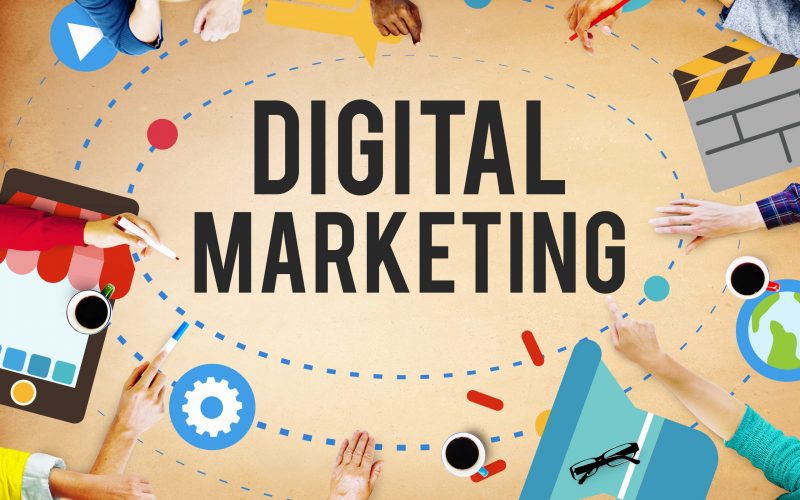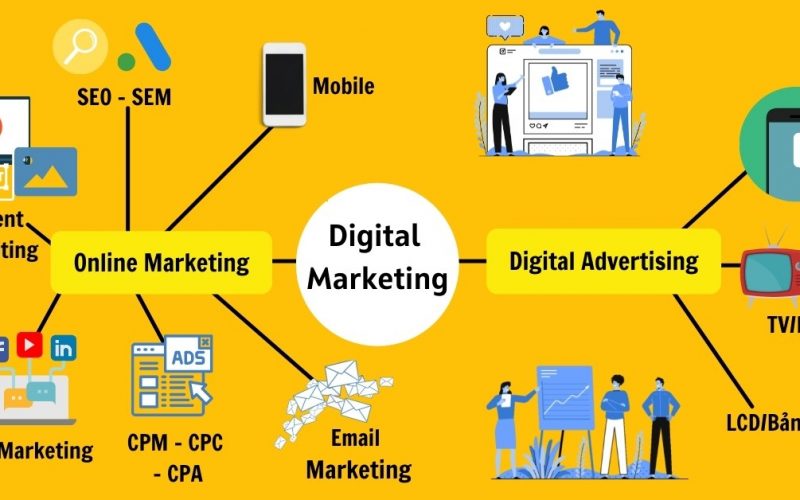30
Dec
Employee branding and internal brand alignment play a crucial role in managing the brand experience. Here's some information on these topics: Employee Branding:Employee branding refers to the process of aligning employees with the brand values, vision, and mission of the organization. It involves creating a strong internal brand identity and ensuring that employees embody and promote the brand in their interactions with customers, stakeholders, and the public. Here are key aspects of employee branding: Brand Training and Education: Provide comprehensive brand training to employees to ensure they understand the brand's core values, positioning, and desired customer experience. This includes educating…









